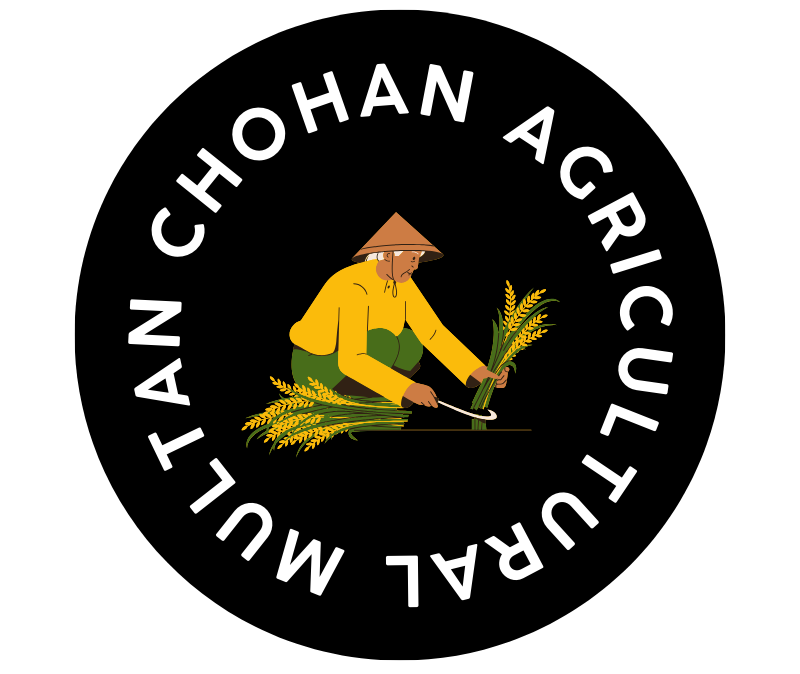Farming has seen a remarkable transformation through the ages. What once required immense manual labor and time-consuming efforts has now been revolutionized by the advent of machines like the rotavator. This incredible piece of agricultural equipment has become a cornerstone in preparing soil for planting, redefining efficiency and productivity in farming practices.
Unraveling the Rotavator
A rotavator, often pulled by a tractor, stands as a mechanical marvel designed to till the soil effectively. It comprises rotating blades or tines, akin to a giant drill, that delve into the earth’s surface, breaking it down into fine particles. This process is fundamental in readying the land for sowing seeds or planting crops.
Functionality and Benefits:
The primary function of a rotavator is to perform multiple tasks simultaneously. As it traverses the field, it loosens the soil, eradicating clumps and improving its texture. Furthermore, it aids in the incorporation of essential elements like compost or fertilizers into the soil, ensuring that plants receive necessary nutrients for robust growth.
Ease and Efficiency:
Before the advent of rotavators, preparing the land for cultivation was an arduous endeavor, requiring significant human labor or animal-driven plowing. However, with the introduction of this machine, the process has become far more efficient. It not only saves time but also conserves energy, enabling farmers to cover larger areas in less time with reduced physical strain.
Soil Health and Precision:
Beyond its speed and convenience, the rotavator plays a pivotal role in maintaining soil health. By breaking up compacted soil, it promotes aeration and drainage, preventing waterlogging and allowing roots to penetrate easily. Additionally, the process helps to control weeds by disturbing their growth cycle, reducing the need for excessive herbicides.
Learning to Use:
Operating a rotavator requires skill and understanding. Farmers need to learn how to maneuver the machine efficiently, ensuring it doesn’t damage the soil structure. Correct adjustment of depth and speed is crucial to optimize its performance while minimizing any potential harm to the land.
Advancements in Agriculture:
The evolution of farming machinery continues, and the future holds promise for even more sophisticated rotavator models. Innovations aim to make them more fuel-efficient, adaptable to various soil types, and suitable for smaller-scale farming. Precision technology and automated features may soon play a more significant role in enhancing their capabilities.
Conclusion:
The rotavator stands as a testament to the ingenuity that has reshaped agriculture. Its ability to prepare the land swiftly and effectively has transformed farming practices worldwide. By cultivating innovation in soil preparation, the rotavator has become an indispensable tool, paving the way for more efficient and sustainable farming techniques. As advancements persist, it will remain a crucial instrument in shaping the future of agriculture, fostering greater productivity and environmental stewardship.

